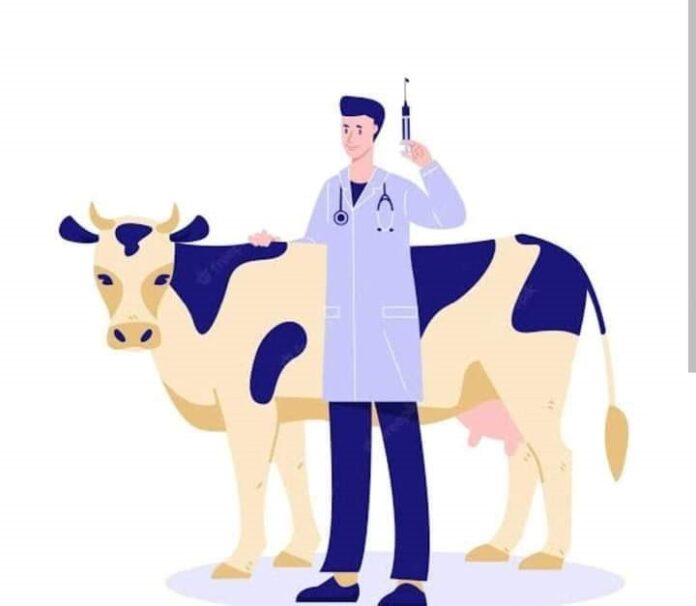BIO-PHARMACEUTICALS : What is Bio-Pharma and Why Is It Important to Our Future?
Biopharmaceuticals are revolutionizing the world of medicine and saving the lives of thousands of people every day. Patients suffering from cancer, diabetes, cardiovascular disease, immune diseases, and other health problems already benefit from biopharmaceuticals, which provides targeted treatment and fewer side effects. Soon, billions of people around the world will benefit from this innovative approach to treating disease.
In simple terms, biopharmaceuticals are laboratory-created medicines that are structurally identical to compounds already found in nature.
The pharmaceutical and biopharmaceutical industry sector is comprised of companies engaged in researching, developing, manufacturing, and distributing drugs. Drugs are products intended for use in the diagnosis, cure, mitigation, treatment, or prevention of disease and products (other than food) intended to affect the structure or any function of the body. The definition also includes components of drugs, such as active pharmaceutical ingredients and excipients.
Subsectors include innovative and generic pharmaceuticals, biologics, biosimilars, and over-the-counter medicines.
Innovative or originator pharmaceuticals are chemically synthesized drugs that are first approved for an indication by a regulator and are protected by exclusive marketing or intellectual property rights such as patents. Generic pharmaceuticals are copies of innovative pharmaceuticals that meet regulatory bioequivalence standards and can be marketed following expiration of marketing or patent exclusivities or successful challenge of relevant patents of the innovative drug.
Biopharmaceuticals, such as biologics, include a wide range of products such as vaccines, therapeutic proteins, blood and blood components, tissues, etc. In contrast to small molecule chemically synthesized drugs, which have a well-defined structure, biologics are derived from living material (human, animal, microorganism, or plant) and are vastly larger and more complex in structure. Biosimilars (follow-on biologics) are versions of biologic products that reference the originator product in applications submitted for marketing approval to a regulatory body.
Over-the-counter (OTC) drugs are distinguished from innovative and generic drugs in that consumers do not need prescriptions to purchase them. OTC drugs are considered by regulators to be safe for self-diagnosis and self-medication.
Biopharmaceuticals, known colloquially as bio-pharma, are the point at which biotechnology and pharmaceutical manufacturing meet. Bio-pharma is the application of living organisms or extractions, by-products or components of living organisms, to prevent, relieve, or treat diseases.
Bio-pharma companies can make drugs from biological components of substances, known as biologics, including sugars, proteins, nucleic acids such as DNA and RNA, or complex combination of components. Scientists isolate biologics, or their precursors or components, from living sources such as humans, animals, plants, fungi, or microbes. Because they are the same structurally, these drugs are often more effective and present fewer side effects.
Most biopharmaceuticals come from proteins found in nature. Biopharmaceuticals also come from recombinant proteins, which are special proteins that contain genes manipulated by scientists. The changes cause the proteins to act in a certain way; because the changes are encoded on the genes, each successive generation of the proteins carrying the modified genes will also act that way. Biopharmaceuticals also include stem cells and certain blood components, especially components associated with blood clotting.
Credit- https://epgp.inflibnet.ac.in/Home/ViewSubject?catid=WR+tSjp4YS3g7BIFEffOcw==
BIO-PHARMACEUTICALS

Compiled & Shared by- This paper is a compilation of groupwork provided by the
Team, LITD (Livestock Institute of Training & Development)
Image-Courtesy-Google
Reference-On Request.


